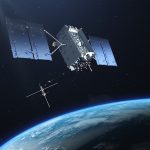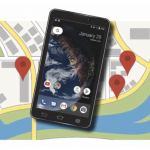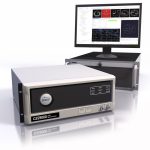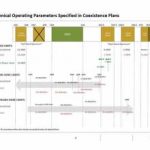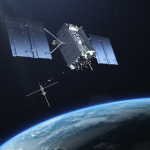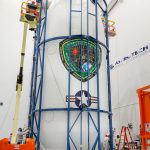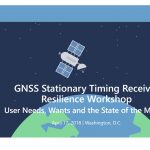GPS Backup May Get More Attention as Lawmakers Highlight Risks to Space Assets, Critical Infrastructure
China, Russia and other adversaries including Iran and North Korea pose a threat to U.S. infrastructure on the ground and in space according to a new congressional report, a conclusion that may sharpen lawmakers’ focus on building a recently mandated backup system for GPS timing,
The Worldwide Threat Assessment, released Wednesday by the Senate Select Committee on Intelligence, says that all four nations plus criminal organizations have the ability to use cyber techniques to create local disruptions of critical infrastructure.
By Dee Ann Divis


